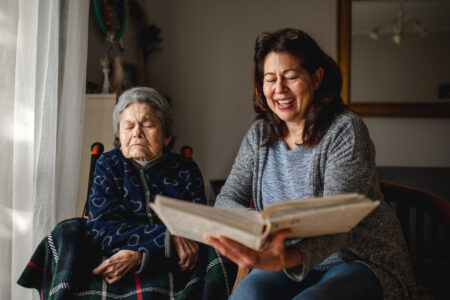
Share On Social!
For many Latinos, the dream of going to and attending college is a lifelong dream. More and more are enrolling in two- and four-year colleges and universities. While the numbers don’t quite match other racial and ethnic minorities, more Latinos are earning secondary degrees.
However, for many, the college experience quickly turns from dream to nightmarish.
Because of the expenses associated with education, many students suffer from food insecurity and are homeless.
“‘Homeless college student’ seems like a contradiction in terms,” said Paul Toro, a psychology professor at Wayne State University who studies poverty and homelessness in an interview with The New York Times. “If you’re someone who has the wherewithal to get yourself into college, well, of course you should be immune to homelessness. But that just isn’t the case.”
Two recent studies shed light on the shocking real numbers behind this phenomenon. The Wisconsin HOPE Lab at the University of Wisconsin, Madison, surveyed students at 70 community colleges in 24 states and found that a staggering 14% were homeless.
In 2016, California State University estimated that 8-12% of its students were homeless.
According to The New York Times, 32,000 college applicants were in 2015-2016 identified as “unaccompanied homeless youth” on federal student aid forms.
“One of the nuances here is that there are people going to college who didn’t used to go,” said Dr. Sara Goldrick-Rab, founder of the HOPE Lab. “If you didn’t have a parent with a college degree in the past, you didn’t go to college. If you were a foster youth, you didn’t go to college. It’s a big triumph that we have expanded access in this way, but we didn’t change the schools and we didn’t change the policies.”
In order to reduce health disparities, it is critical to address inequities in programs, practices, and policies. Join our site, connect with others, and get involved.
More low-income students are arriving on campus without a “safety net.” If someone loses a job or has a disagreement with a roommate, for example, their parents might not be able help them. Also, at the community college level, most students are older (the average age is 29) and on their own. They may not be either willing to or have the means to have parents or family members help.
For many, the difficult decision of choosing between “food” and continuing their education is one that comes far too often.
“This is not just happening in urban poor communities,” said Eloy Ortiz Oakley, chancellor of the California Community Colleges. “It affects kids from working-class families across the state, in rural communities and in communities of color.”
Where is help coming from?
Not even the most prestigious four-year universities have found themselves exempt from this growing crisis. Many are turning to outside-the-box solutions to help their students.
Amherst College has begun keeping it dorms and student housing open during the summer break, partly so students who have no home have a place to stay.
At the University of California, Los Angeles, students opened a small homeless shelter this past fall called Students 4 Students; it operates out of a church that is near the campus. It offers meals, nine beds and a study room so residents have a place to do their work.
At the University of Texas – San Antonio, students opened a food pantry that is supplied by and is used for food insecure students on campus.
Read more about this story here.
Read stories similar to this one:
- Program helps food insecure Latinos. #SaludAmerica #HealthEquity salud.to/2ebjlyT
- Many Latino college students go hungry. #SaludAmerica #HealthEquity #Education http://salud.to/2g2c0ix
By The Numbers
142
Percent
Expected rise in Latino cancer cases in coming years



